Web Application Development
Web Application Development
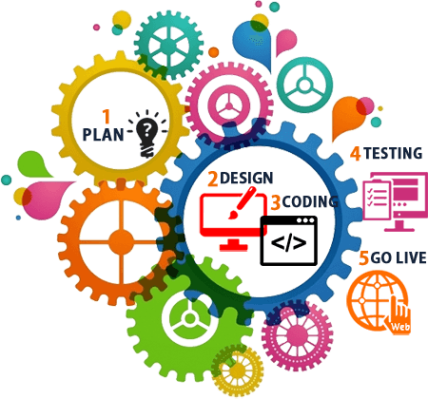
Web Application Development
Guide to Web Application Development
Next generation Web Applications to help you sail smooth through challenging and constantly-evolving technological changes.
o Tone-down IT complexity, facilitate seamless work flow and synchronize business operations
o In-depth analysis and understanding of clients requirements
o Exclusive business-enhancing features with cross-platform compatibility
o Web applications that can keep you on the upbeat of the IT rhythm by hampering down-times and accelerating productivity
With the help of our highly qualified and skilled IT professionals, we have been able to serve our clients with valuable Web Application Development Services. Our web application development and custom programming services include everything from a simple Content Management System enabled website to the most complex web-based internet applications, e-commerce portals, and social networking development services.
We have with us many years of experience in the field of designing web applications using cutting edge technologies like , PHP, MySQL, ASP.NET and much more. Our vast experience includes designing and deploying a number of web applications for small companies to big corporates. Further, our expertise lies in designing and developing web applications according to the customer requirements.
Guides, Resources, and Best Practices
Simply put, Web Applications are dynamic web sites combined with server side programming which provide functionalities such as interacting with users, connecting to back-end databases, and generating results to browsers.
Examples of Web Applications are Online Banking, Social Networking, Online Reservations, eCommerce / Shopping Cart Applications, Interactive Games, Online Training, Online Polls, Blogs, Online Forums, Content Management Systems, etc..
Technologies
There are two main categories of coding, scripting and programming for creating Web Applications:
I. Client Side Scripting / Coding - Client Side Scripting is the type of code that is executed or interpreted by browsers.
Client Side Scripting is generally viewable by any visitor to a site (from the view menu click on "View Source" to view the source code).
Below are some common Client Side Scripting technologies:
• HTML (HyperText Markup Language)
• CSS (Cascading Style Sheets)
• JavaScript
• Ajax (Asynchronous JavaScript and XML)
• jQuery (JavaScript Framework Library - commonly used in Ajax development)
• MooTools (JavaScript Framework Library - commonly used in Ajax development)
• Dojo Toolkit (JavaScript Framework Library - commonly used in Ajax development)
II. Server Side Scripting / Coding - Server Side Scripting is the type of code that is executed or interpreted by the web server.
Server Side Scripting is not viewable or accessible by any visitor or general public.
Below are the common Server Side Scripting technologies:
• PHP (very common Server Side Scripting language - Linux / Unix based Open Source - free redistribution, usually combines with MySQL database)
• Zend Framework (PHP's Object Oriented Web Application Framework)
• ASP (Microsoft Web Server (IIS) Scripting language)
• ASP.NET (Microsoft's Web Application Framework - successor of ASP)
• ColdFusion (Adobe's Web Application Framework)
• Ruby on Rails (Ruby programming's Web Application Framework - free redistribution)
• Perl (general purpose high-level programming language and Server Side Scripting Language - free redistribution - lost its popularity to PHP)
• Python (general purpose high-level programming language and Server Side Scripting language - free redistribution)
Program Libraries
Program libraries are a collection of commonly used functions, classes or subroutines which provide ease of development and maintanance by allowing developers to easily add or edit functionalities to a frameworked or modular type application.
Web Application Frameworks
Web Application Frameworks are sets of program libraries, components and tools organized in an architecture system allowing developers to build and maintain complex web application projects using a fast and efficient approach.
Web Application Frameworks are designed to streamline programming and promote code reuse by setting forth folder organization and structure, documentation, guidelines and libraries (reusable codes for common functions and classes).
Web Application Frameworks - Benefits and Advantages
• Program actions and logic are separated from the HTML, CSS and design files. This helps designers (without any programming experience) to be able to edit the interface and make design changes without help from a programmer.
• Builds are based on the module, libraries and tools, allowing programmers to easily share libraries and implement complex functionalities and features in a fast and efficient manner.
• The structure helps produce best practice coding with consistent logic and coding standards, and provides other developers the ability to become familiar with the code in a short time.
Coding Guidelines, Standards & Convention
Coding guidelines are sets of rules and standards used in programming a web application project.
These rules and standards apply to coding logic, folder structure and names, file names, file organization, formatting and indentation, statements, classes and functions, and naming conventions. These rules also enforce writing clear comments and provide documentation.
Important benefits of using Coding Guidelines
• Creates the best environment for multiple programmers to work on the same project
• Provides ease of maintainability and version management
• Delivers better readability and understanding of the source code
• Insures that other developers can understand and become familiar with the code in a short time
Web Applications Lifecycle Model
Web Application Lifecycle is the process of developing a web application and involvement of the multiple teams that are engaged in the development process. Each organization may set forth its own unique style of operating.
Some companies follow a certain standard model such as SDLC (System Development Life Cycle) or Agile Software Development Model.
• SDLC is the traditional process of developing software or web applications by including research to identify and define the application requirements, information analysis, architectural design and specifications blueprint, team involvement, programming, testing and bug fixing, system testing, implementation and maintenance.
• Agile Software / Web Application Development is the iterative development process and development process practices that focus on collaboration of people involved and provide a better procedure to allow revisions and evolution of web application requirements. Agile methodology includes research, analysis, project management, design, programming, implementation, frequent testing, adaptation and maintenance.
Web Application Development Process
Web Application Development Process organizes a practical procedure and approach in application development.
For detail information: Web Application Development Process
The following list of procedures and suggested documents provide a good outline for a Web Application Lifecycle and Process:
• Roadmap Document: Defining Web Application, Purpose, Goals and Direction
• Researching and Defining Audience Scope and Security Documents
• Creating Functional Specifications or Feature Summary Document
• Team Collaboration and Project Management Document
• Technology Selection, Technical Specifications, Illustrative Diagram of Web Application Architecture and Structure, Development Methodology, Versions Control, Backups, Upgrades, Expansion and Growth Planning Document, Server Hardware / Software Selection
• Third Party Vendors Analysis and Selection (Merchant Account and Payment Gateway, SSL Certificate, Managed Server / Colocated Server Provider, Fulfillment Centers, Website Visitor Analytics Software, Third Party Checkout Systems, etc.)
• Application Visual Guide, Design Layout, Interface Design, Wire Framing
• Database Structure Design and Web Application Development
• Testing: Quality Assurance, Multiple Browser Compatibility, Security, Performance - Load and Stress Testing, Usability
• Maintenance
Web Application Testing
Testing is an important part of the Web Application Development process. On occasion, testing would consume more manpower and time than development itself.
Below are some of the most common testing needed for any web application development process:
• Quality Assurance and Bug Testing
• Multiple Browser Compatibility
• Application Security
• Performance - Load and Stress Testing
• Usability
Trends and Popularity
The demands for companies to build Web Applications are growing substantially.
If planned and built correctly, web applications can:
• Reach and service millions of consumers and businesses
• Generate substantial, multi-layer / multi-category income from consumers, businesses and advertisers
• Easily build business goodwill and assets based on audience reach, popularity, technology and potential growth
Below are good reasons for companies to build web applications:
• Companies want to streamline their internal departments and functions, operations, sales and project management, etc.
• Companies want to take advantage of a web based application's flexibility and versatility, by moving away from the traditional desktop application platform to the web application platform
• Companies want to gain more clients or better service their current clients by offering convenient services and solutions online
• Companies want to build new web applications to offer innovative services or solutions to online users and businesses
Business Impact
Today's web applications have substantial business impact on the way companies and consumers do business such as:
• There are opportunities to gain the upper hand and bypass the traditional brick and mortar companies when this type of opportunity was rarely possible or existed before the explosion of the web
• The new web created a global business environment which challenges the way in which traditional companies do business
• Companies need to reinvent and evolve in order to compete in today's trends, online business and global marketplace
• Businesses and consumers have more options and resources to research and easily compare and shop around for the best deals
• Information and resources are immense and available to everyone who seeks it
• Businesses or companies who used to profit from consulting or advice, that can now be easily acquired online are struggling, and will need to take a new business direction if they want to stay solvent.

 owesomesoft is complete Solutions for web and Graphic Designing
owesomesoft is complete Solutions for web and Graphic Designing  Are you looking to develop Application for Your Business.
Are you looking to develop Application for Your Business.  Some important Digital Marketing Services given below :
Some important Digital Marketing Services given below :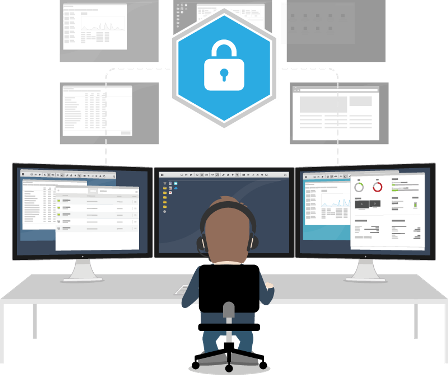 Some important Website Security
Some important Website Security  Owesomesoft is providing Corporate training to Corporates, Companies , Entrepreneurs etc
Owesomesoft is providing Corporate training to Corporates, Companies , Entrepreneurs etc  World Cheapest Hosting Providing Company
World Cheapest Hosting Providing Company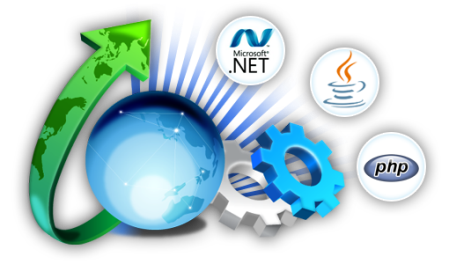 Some Readymade Software and Applications
Some Readymade Software and Applications We are providing Free Services for beginner
We are providing Free Services for beginner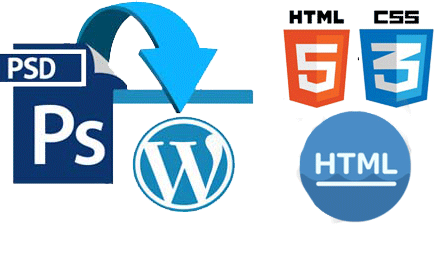 Some important Conversion feature are :
Some important Conversion feature are :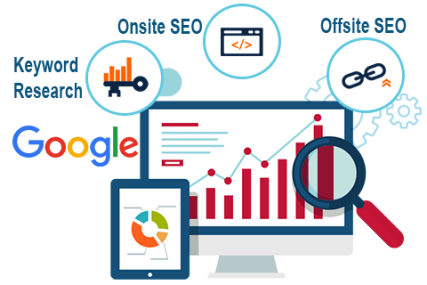 .
Some important Digital Advertisment Technique
.
Some important Digital Advertisment Technique 
















